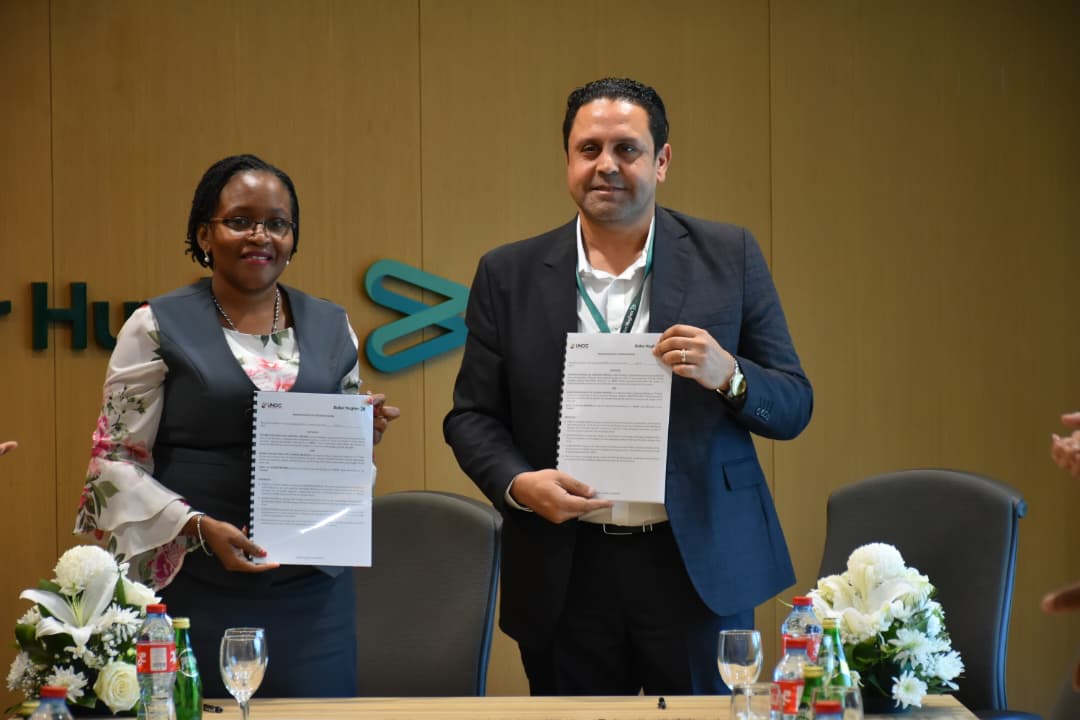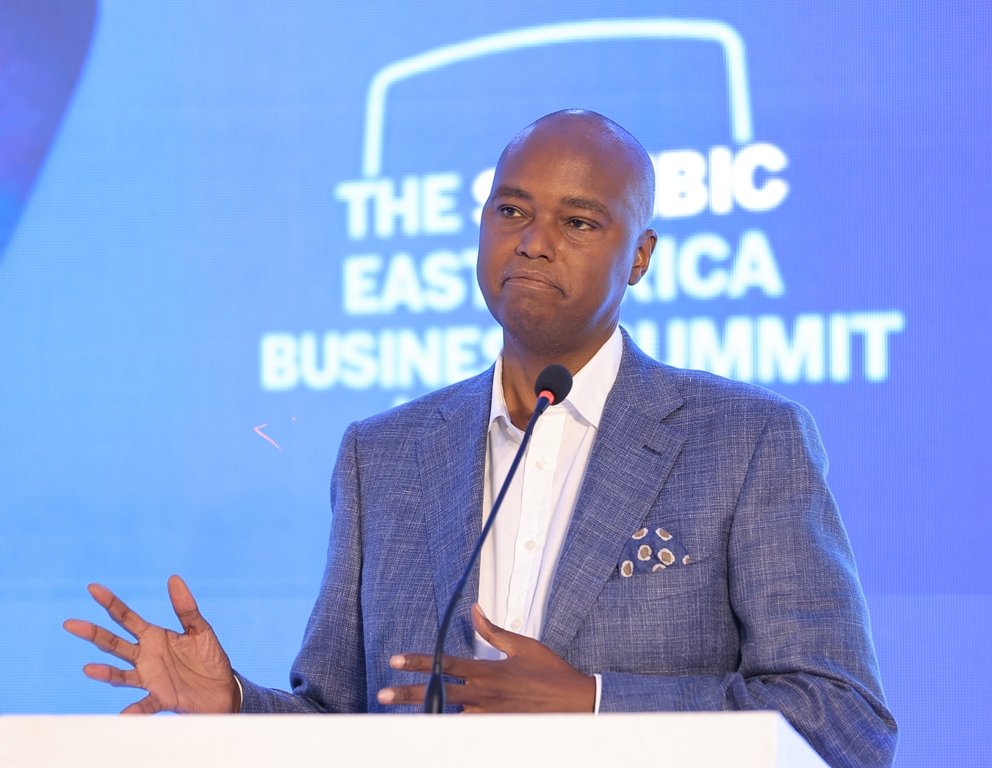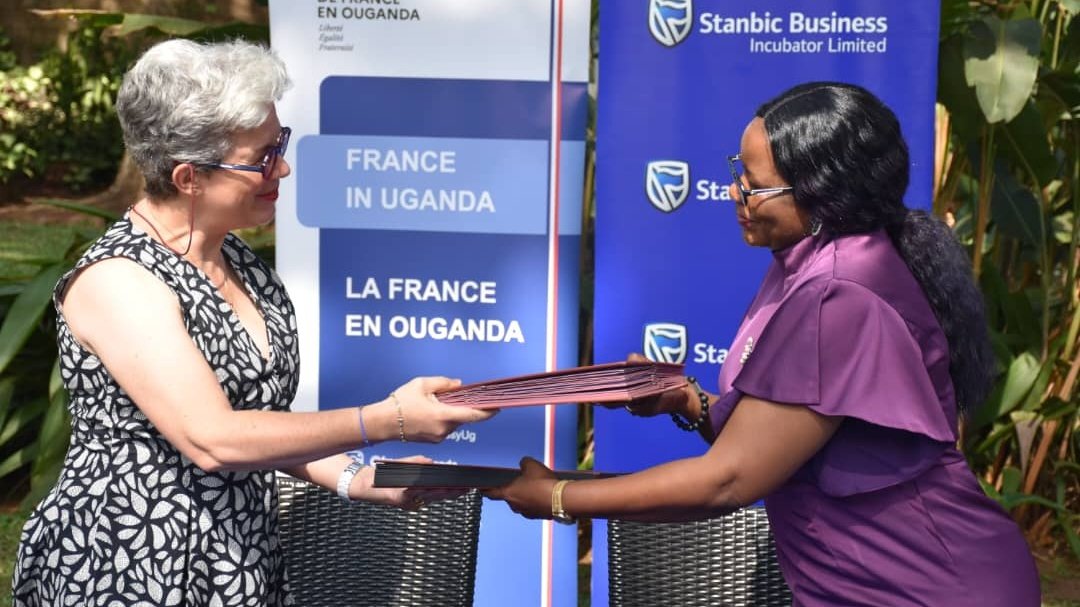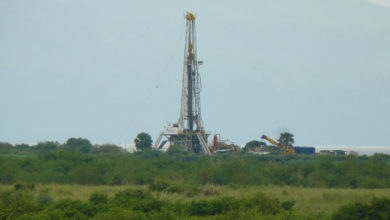Uganda earns Shs273bn from August coffee exports
Italy maintained the highest market share of 39.67% compared with 40.62% last month. It was followed by Germany 13.83% (8.77%), Sudan 10.20% (13.78%) India 7.75% (7.48%) and Belgium 5.62% (5.38%).
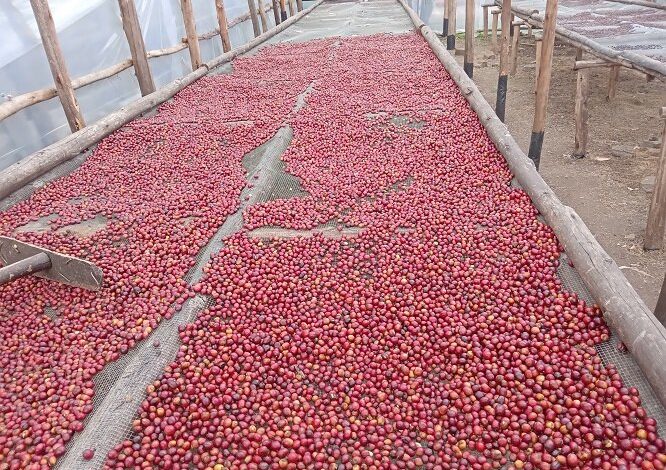
Uganda’s coffee exports in August 2022 amounted to 501,054 60-kilo bags worth US$ 71.15 million (Shs273bn), according to a report from Uganda Coffee Development Authority (UCDA).
This comprised 456,271 bags of Robusta valued at US $60.26 million and 44,783 bags of Arabica valued at US$ 10.89 million. This was a decrease of 28.52% and 5.25% in quantity and value respectively compared to the same month last year.
By comparing quantity of coffee exported by type in the same month of last Coffee Year (August 2021), Robusta decreased by 28.31 % and 7.65% in quantity and value respectively.
Arabica exports decreased by 30.60% in quantity but increased by 10.59% in value.
“The decrease in exports was mainly attributed to lower yields this year that were characterized by drought in most regions. This led to a shorter main harvest season in Central and Eastern regions and also reduced harvests from Greater Masaka and South-Western regions,” the August UCDA report says.
It adds that coffee exports for 12 months (September 2021- August 2022) totaled 5.93 million bags worth US$ 871.76 million compared to 6.41 million bags worth US$ 607.82 million the previous year (September 2020-August 2021).
Exports by Type and Grade
According to the report, the average export price was US$ 2.37 per kilo, 4 U.S cents lower than US$ 2.41 per kilo realized in July 2022. It was 58 US cents higher than in August 2021 (US $ 1.79/kilo). Robusta exports accounted for 91% of total exports slightly lower than 92% in July 2022.
The average Robusta price was US$ 2.20 per kilo, 6 cents lower than the previous month. Organic Robusta fetched the highest price of US$ 2.49 per kilo. It was followed by Screen 18 at US$ 2.34 per kilo.
The share of Sustainable/washed coffee to total Robusta exports was only 1.48% slightly higher than 1.09% in July 2022. Arabica fetched an average price of US$ 4.05 per kilo, 9 cents lower than US$ 4.14 per kilo in July 2022.
The highest price was Organic Okoro sold at US$ 5.35 per kilo a premium of US cents 59 over conventional Bugisu AA, and was followed by Bugisu A+ sold at US$ 5.19 per kilo, a premium of US cents 44 over Conventional Bugisu AA.
Drugar was sold at US$ 4.11 per kilo, a discount of US cents 65 from Bugisu AA.
Drugar exports were 43% of total Arabica exports compared to 41% the previous month. The share of sustainable Arabica exports to total Arabica exports was 4%.
Coffee exports by destination
Italy maintained the highest market share of 39.67% compared with 40.62% last month. It was followed by Germany 13.83% (8.77%), Sudan 10.20% (13.78%) India 7.75% (7.48%) and Belgium 5.62% (5.38%).
Note that the figures in brackets represent percentage market share held in July 2022.
Coffee exports to Africa amounted to 93,988 bags, a market share of 19% compared to 118,694 bags (21%) the previous month. African countries that imported Uganda coffee included Algeria, Sudan, Morocco, Tunisia, South Africa, Somalia, Egypt, Libya and Kenya. Europe remained the main destination for Uganda’s coffees with a 67% imports share higher than 61% in July 2022.
Local Situation
During the month of August 2022, farm gate prices ranged from Sh.2,400-3,000/= per kilo of Kiboko (Robusta dry cherries); Shs. 6,800-7,300/= for FAQ; Sh. 11,000- 12,000/= for Arabica parchment; and Sh. 10,000-11,000/= per kilo for Drugar from Kasese.
Robusta Kiboko averaged UGX 2,700/= per kilo; FAQ UGX 7,050/= per kilo, Arabica parchment UGX 11,500/= per kilo and Drugar UGX 10,500/= per kilo.
Outlook for September 2022
UCDA says coffee exports are projected to be 450,000 bags.
“The main harvesting period season in Greater Masaka and South western regions is at its tail end,” the report says, adding: “It was affected by a dry spell especially in Bukomansimbi and Sembabule districts. Exporters are likely to drawdown their stock levels to fulfil contractual obligations with the buyers.”
SOURCE: Business Focus



